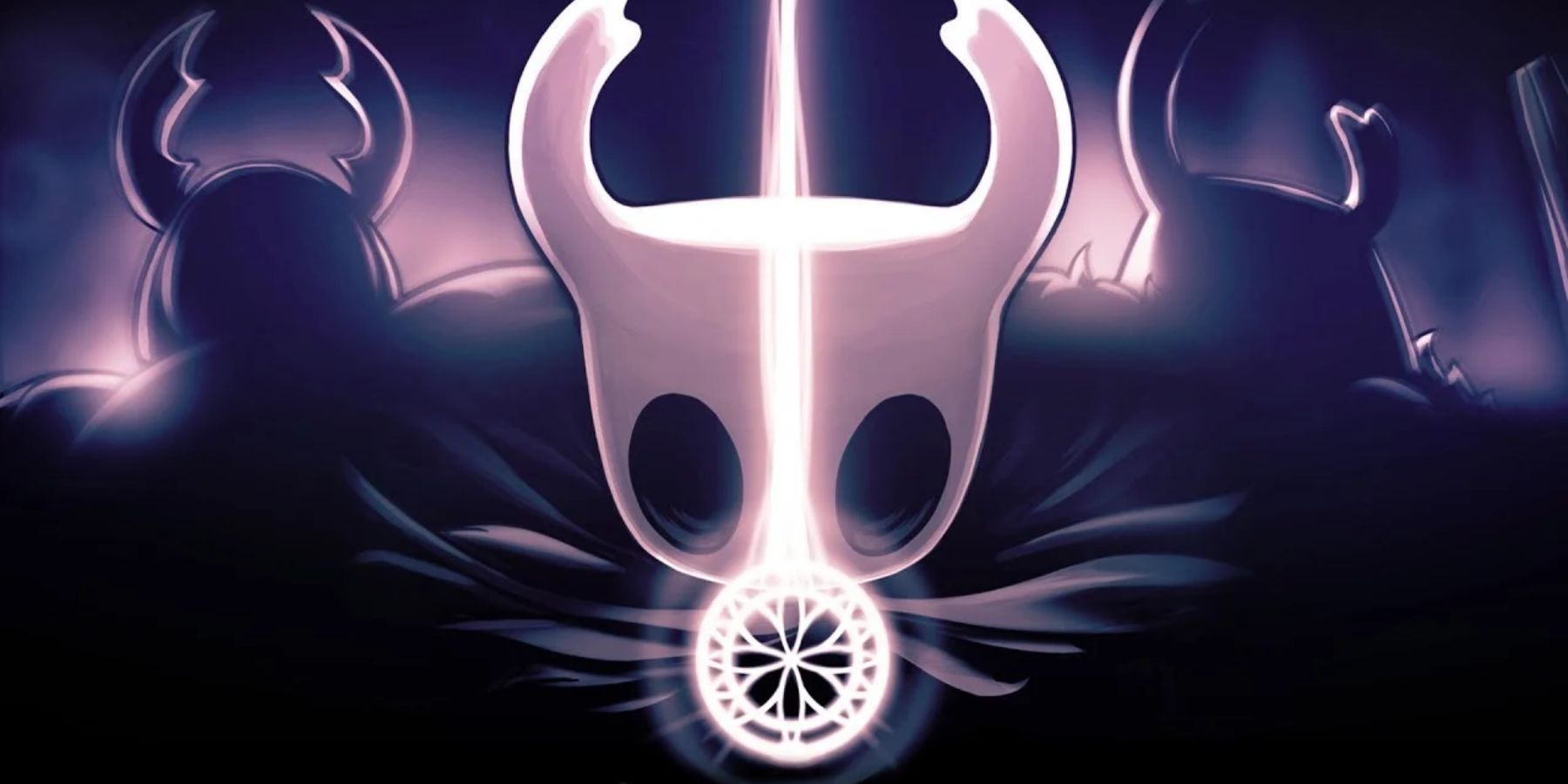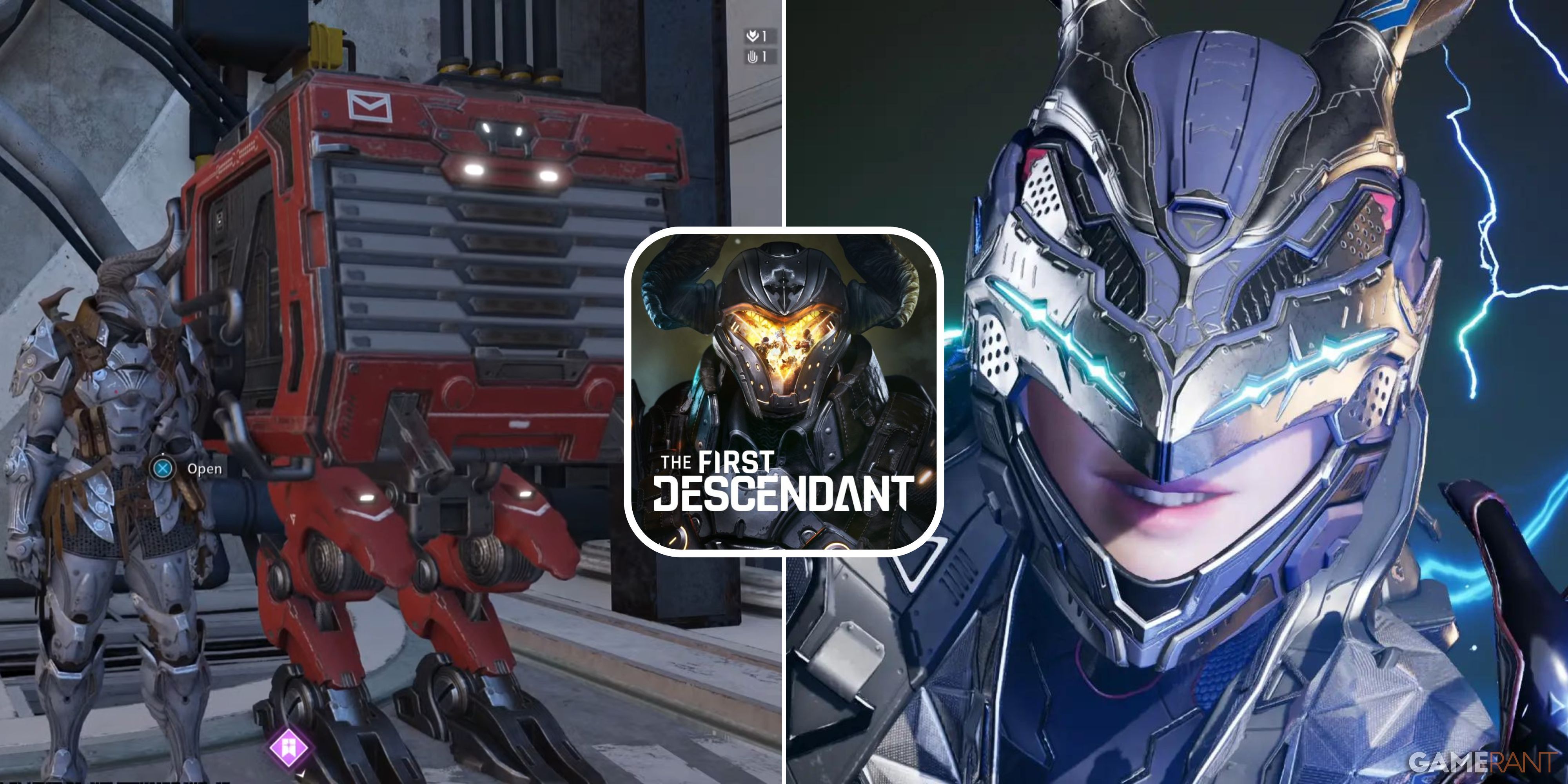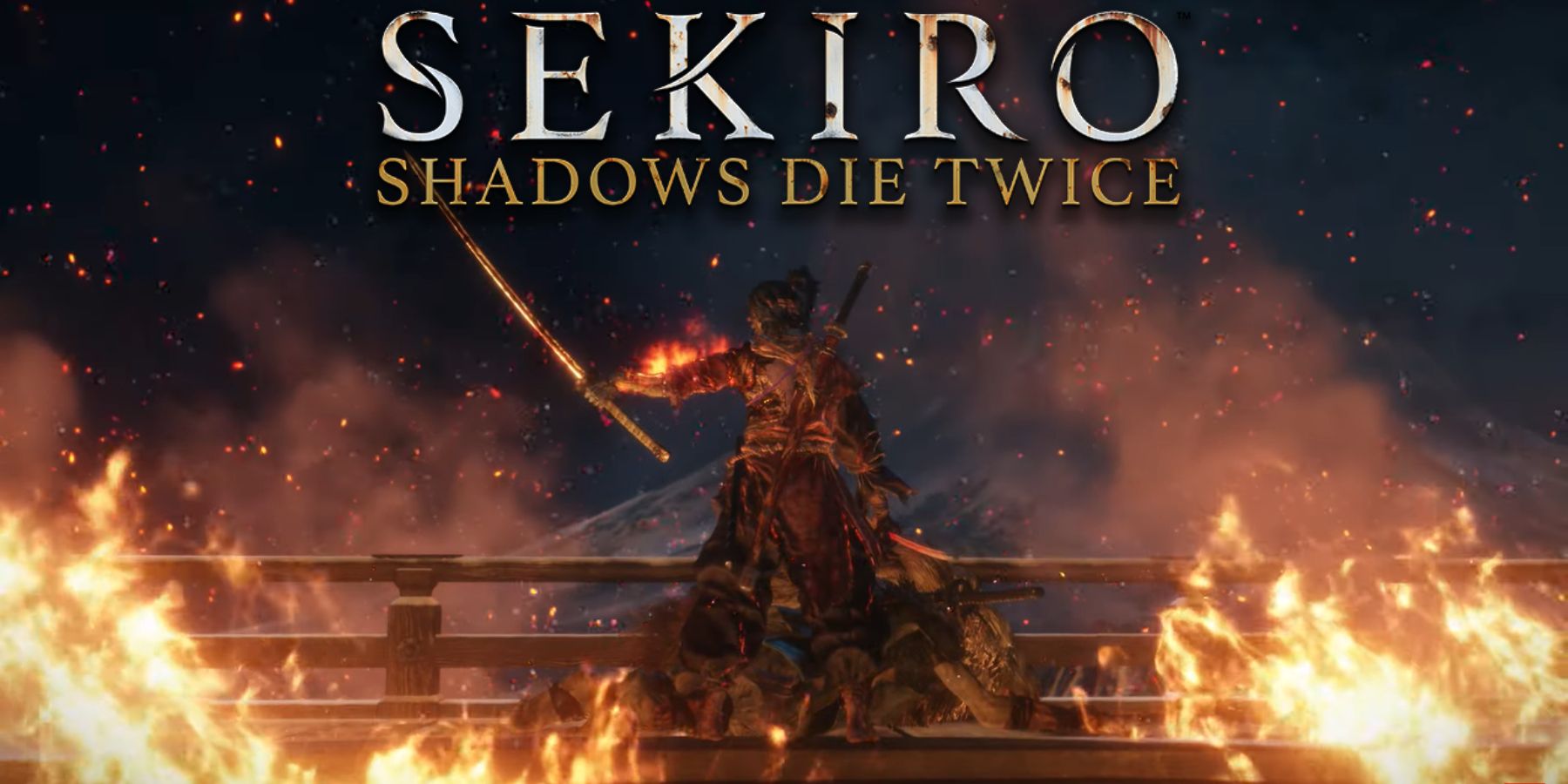Highlights
- Sekiro: Shadows Die Twice offers innovative gameplay systems and a unique "Shura" ending that FromSoftware should consider for future titles.
- The Shura ending in Sekiro provides players with exclusive boss fights and a different ending cutscene, enhancing replayability and speedrunning options.
- A mid-game ending like Sekiro's could add more variety to future FromSoftware games, offering a unique finale and encouraging replayability.
Sekiro: Shadows Die Twice has become somewhat of an overshadowed FromSoftware entry with Elden Ring's grand scale taking over much of the discussion surrounding the developer in the last few years. But while Sekiro may not have a gigantic open world to explore or hundreds of weapons to unlock, it's still more than worthy of a playthrough.
Sekiro: Shadows Die Twice features some of FromSoftware's most innovative systems and designs, many of which unfortunately didn't make their way over to Elden Ring. But there's still time for FromSoftware to look back and take notes from Sekiro and the game's unique "Shura" ending should definitely be used as a basis for future FromSoft titles.

Hollow Knight's Most Difficult Feature and FromSoftware Are a Match Made in Heaven
Future FromSoftware games would benefit greatly from adding a long-desired feature that Hollow Knight made a pinnacle of its challenging gameplay.
Future FromSoftware Games Should Experiment With Sekiro's Shura Ending
Sekiro's Shura Ending Explained
In the world of Sekiro: Shadows Die Twice, it's mentioned several times that a person can become a "Shura," which is essentially a being that completely severs their emotional connection to the world and its inhabitants, and instead only focuses on their obsession for violence, blood, and death. While FromSoftware's games often revolve around cycles of violence perpetrated by god-like beings and themes of death and rebirth, Sekiro's Shura ending takes things a few steps further, putting the players in the role of a Shura.
About halfway through Sekiro: Shadows Die Twice, players will be confronted by The Wolf's old mentor Owl, who will give the player the choice between obeying the Iron Code and abandoning Kuro, or refusing the Iron Code and siding with the young boy. To achieve the Shura ending, players must obey the Iron Code, which leads to two exclusive boss fights, fought one after the other.
Once both bosses have been defeated, a final cutscene plays, showing Wolf stabbing Owl in the back and becoming a Shura, a being now obsessed with the act of killing.
A Mid-Game Ending Offers Unique Opportunities for FromSoftware to Consider
While Elden Ring features an impressive total of six unique endings, all of them take place following the same final boss fight, with the only variation being the game's final cutscene. And while these all fit the lore and wider narrative of Elden Ring's world well, it might be fun to see a bit more variation when it comes to FromSoftware's next game's ending, such as an abrupt mid-game finale similar to Sekiro's Shura ending.
One of the biggest benefits of having a mid-game ending like Sekiro's is that it offers players not only a unique ending cutscene that differs greatly from the game's other endings but also an exclusive set of unique boss fights. The two exclusive boss fights that come before Sekiro's Shura ending are some of the best in the entire game, acting as a natural and rewarding way to encourage replayability, which is especially important in a game like Sekiro where there are no alternative build options and limited alternate weapons. Having a mid-game ending also opens up more diverse speedrunning options, giving eager players even more ways to beat the game in style.




